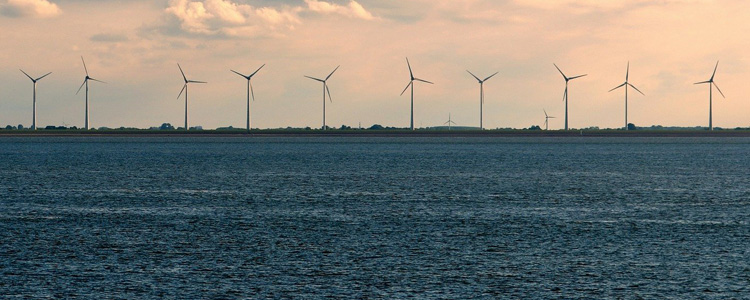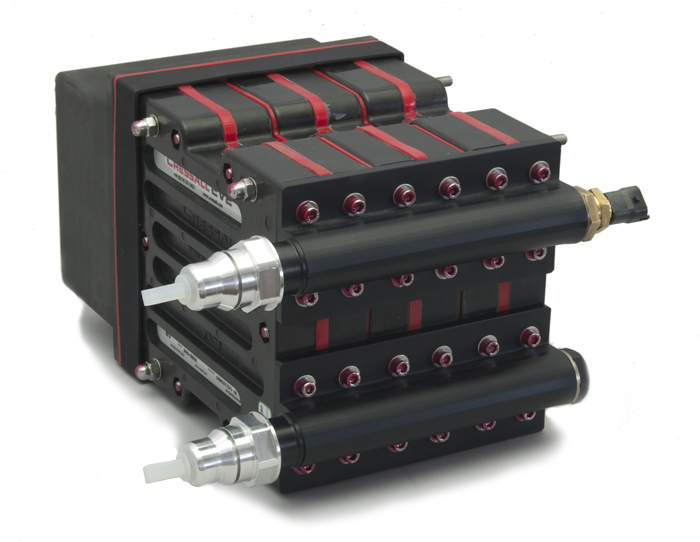ELECTRIFYING THE UK HEAVY VEHICLE MARKET

The Department for Transport Statistics reports that there were 485,900 heavy goods vehicles (HGVs) licenced in the UK in 2020, but only 400 of these were battery electric powered. With HGVs being a significant contributor of carbon emissions, will we see an increase in electric power?
HGVs account for around 17 per cent of greenhouse gas emissions while contributing to just five per cent of vehicle miles. Switching from diesel or petrol to electric power reduces the tailpipe emissions of vehicles, while also providing performance benefits. However, electric HGVs remain in the early stages. For electric heavy vehicles to become commonplace, there is a need for further development of the technology.
BATTERY ELECTRIC VERSUS HYDROGEN FUEL CELL
A challenge of electrifying heavy vehicles is finding an energy storage solution that doesn’t add too much weight, which would increase energy consumption. Batteries must also possess a long range, allowing long distance freight. The main contenders for reducing vehicle emissions are battery electric and hydrogen fuel cell electric. Battery Electric Vehicles (BEVs) use chemical energy that is stored in rechargeable battery packs and use electric motors for propulsion.
However, the range between charges is limited, making it not so suitable for HGVs travelling a few hundred miles a day. This is exacerbated by the lengthy charge time of BEVs, extending to many hours for heavy vehicles depending on the charger.
Fuel Cell Electric Vehicles (FCEVs) also use an electric motor for propulsion but with a much smaller battery pack, with the fuel cell constantly converting the hydrogen to electricity, which only emits water from the tailpipe. FCEVs typically have a longer range and shorter fill time than BEVs, making them a stronger candidate for long-distance vehicles. Furthermore, the fuel cells can be stacked together to scale up power for a heavy vehicle. Fuel cells are more compact and lightweight than electric batteries, and most of the fuel cell can be recycled at end of life.
However, the majority of hydrogen currently being produced is made using fossil fuels through steam reforming, meaning hydrogen power is not emission free when its whole lifecycle is considered. If developments are made that allow more hydrogen to be produced from renewable resources, then FCEVs can become a more environmentally friendly option.
PERFORMANCE, RELIABILITY AND SAFETY
Electric vehicles (EVs) are generally more reliable than Internal Combustion Engine (ICE) vehicles as they consist of fewer moving parts, reducing the risk of breakdowns and the need for frequent servicing. Electric motors can deliver torque quickly with almost instant acceleration, making vehicles quicker to start. This is particularly beneficial for heavy vehicles that are carrying large loads on fast motorways or on an inclined gradient.
Heavy vehicles brake differently to cars, as they do not purely rely on their service brakes to slow down. Instead, they also use auxiliary and endurance braking systems, which don’t overheat as quickly on long declines and reduce the risk of brake fade or failure of the service brakes. In electric heavy vehicles, this braking is regenerative, which minimises wear on the service brakes and adds charge and range to the battery packs.
However, if there is a failure in the system, or the battery pack’s state of charge is unable to accept the charge, this could become dangerous. Using a dynamic braking resistor will dissipate the excess energy as heat to improve the safety of the braking system. Regenerative braking aided by braking resistors can also boost heating efficiency by feeding the dissipated energy back into the vehicle to heat the internal cabin. The resistor needs to be compact and meet the current ECE R13 Type –IIA endurance braking performance test. To pass this test, the resistor must allow the heavy vehicle to travel 6km at 30kph on a seven per cent decline with the endurance braking system active and without the service brakes overheating and failing.
FUTURE UPTAKE
Currently, the UK has banned the sale of petrol, diesel and hybrid cars from 2035 onwards. However, there have been talks on proposing a ban on diesel heavy goods vehicles by 2040 in order to remove all carbon emissions from freight transportation by 2050. The race for electrifying heavy vehicles is on, and there could be penalties in the future for those who do not use electric.
With only 400 battery electric heavy vehicles in the UK in 2020, electrifying the heavy vehicle market is in its early stages. However, with potential diesel bans looming, we must power ahead into an electric HGV future.



